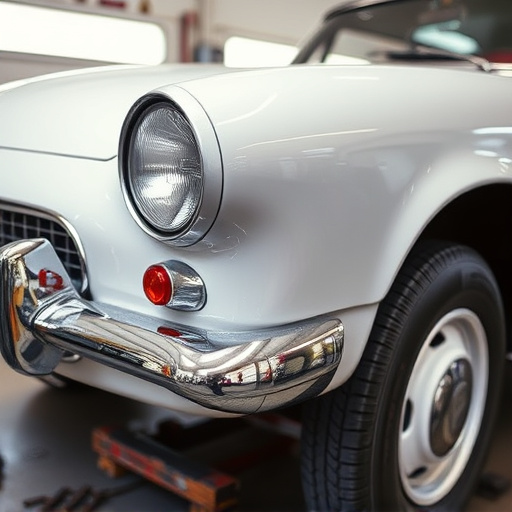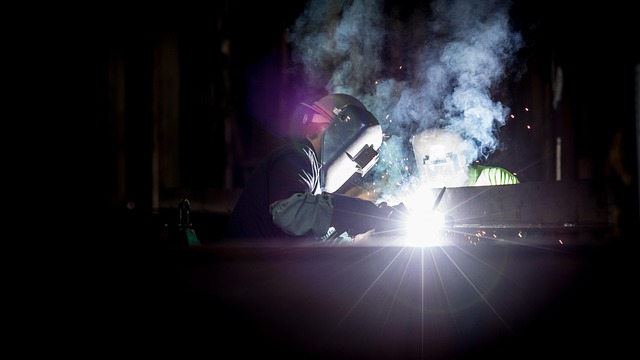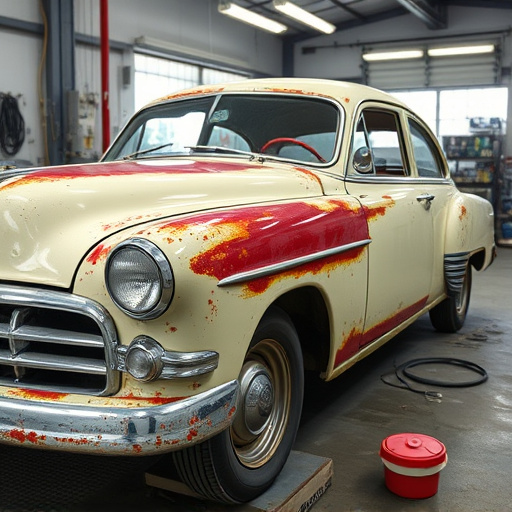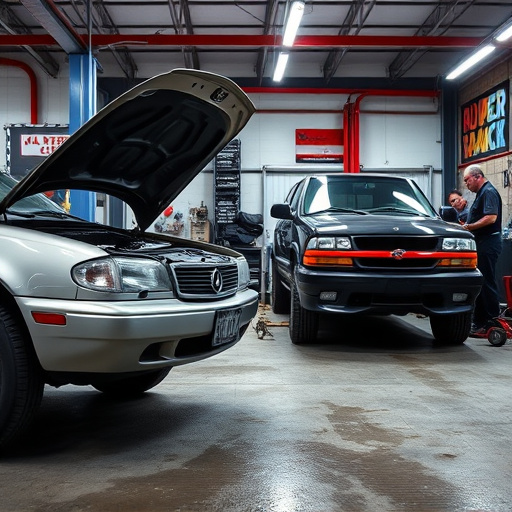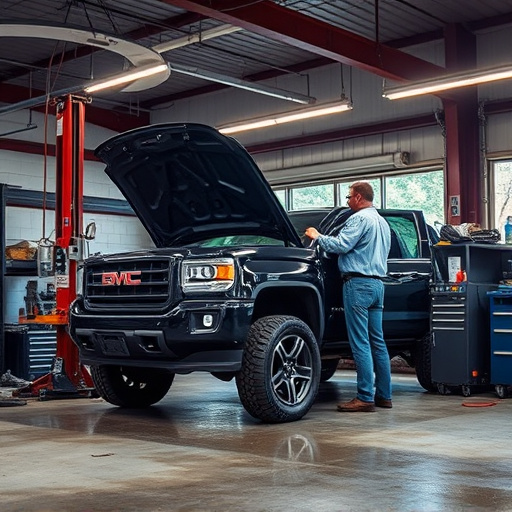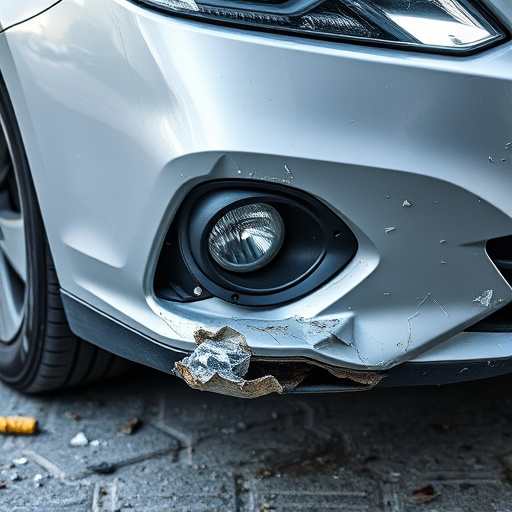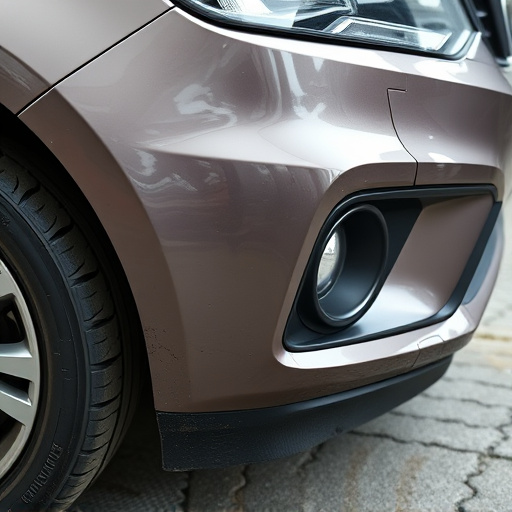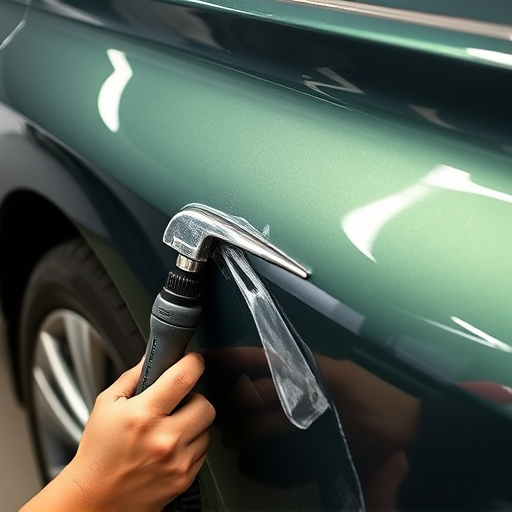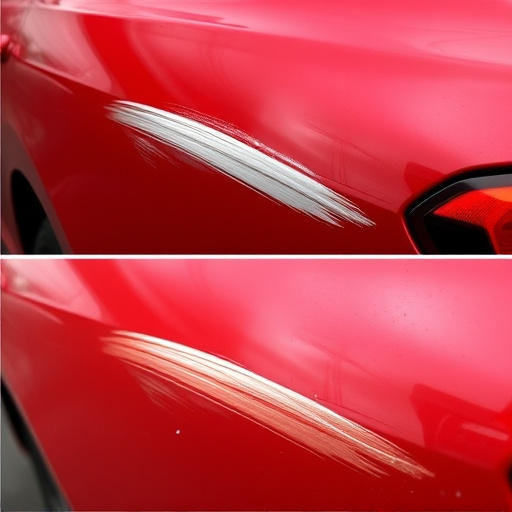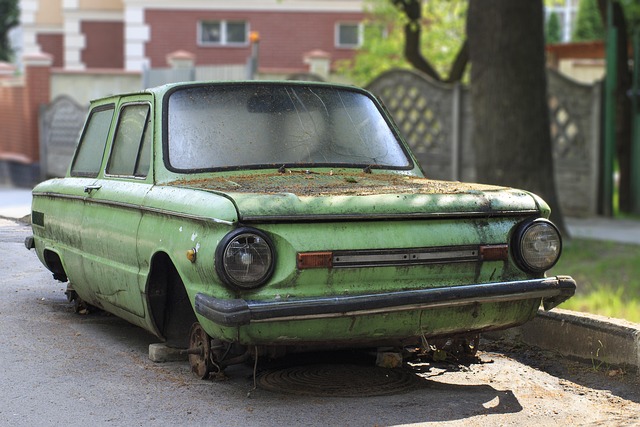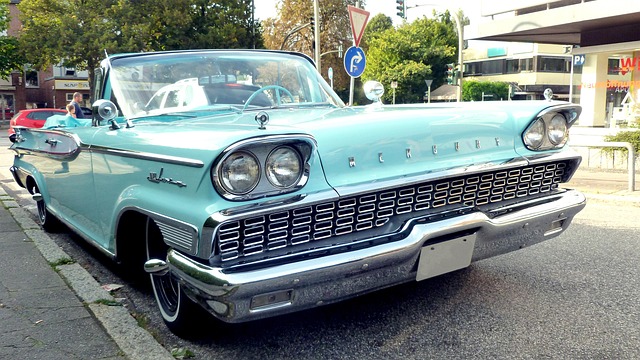The Tesla Adaptive Suspension System requires specialized repair after collisions, even minor ones, to maintain optimal ride quality and safety. Sagging ride height indicates a need for inspection and timely repair to prevent uneven tire wear, reduced handling stability, and more serious issues like decreased braking performance and increased accident risk. Regular maintenance checks are crucial for keeping the adaptive suspension in top condition.
Is your Tesla’s once smooth ride becoming a bumpy experience? Sagging ride height, often caused by worn or damaged Tesla Adaptive Suspension components, can significantly impact handling and comfort. This comprehensive guide delves into the intricacies of the Tesla Adaptive Suspension System, helping you recognize signs of wear. We provide a step-by-step repair process, complete with maintenance tips, ensuring you get back behind the wheel with a confidence-inspiring ride. Discover how to master Tesla adaptive suspension repair.
- Understanding Tesla Adaptive Suspension System
- Signs of Sagging Ride Height in Your Tesla
- Step-by-Step Guide to Repair and Maintenance
Understanding Tesla Adaptive Suspension System
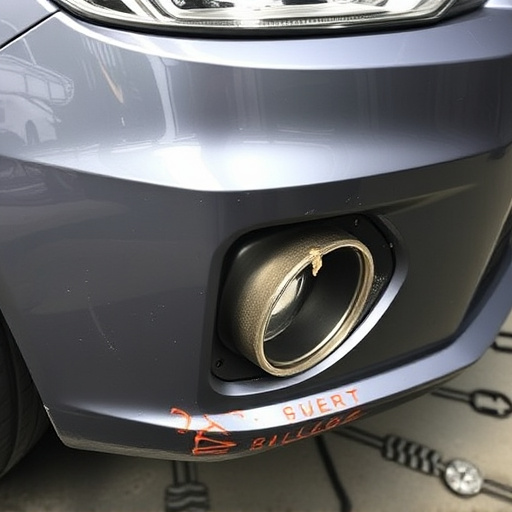
The Tesla Adaptive Suspension System is a cutting-edge feature designed to provide a smooth and responsive ride. This advanced technology uses sensors and actuators to adjust the vehicle’s height and stiffness in real time, based on road conditions and driving dynamics. By continuously monitoring various parameters, such as wheel velocity, steering angle, and body motion, the system ensures optimal performance, comfort, and safety.
When a Tesla car experiences a fender bender or any other collision, it’s crucial to address the potential impact on its adaptive suspension. While a scratch repair might not immediately affect ride quality, significant incidents can disrupt the system’s precision-tuned balance. Therefore, taking your vehicle to a reliable collision repair center for thorough inspection and Tesla adaptive suspension repair is essential to maintain the car’s performance and safety features.
Signs of Sagging Ride Height in Your Tesla
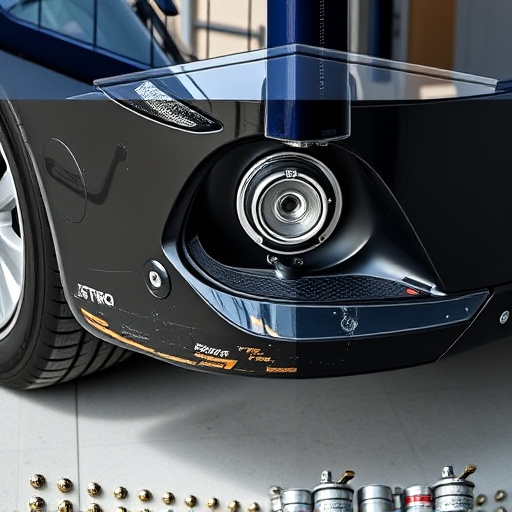
If your Tesla’s ride height is sagging, it could be an indication that your adaptive suspension system needs attention. Signs of this issue include a noticeable dip or uneven tire wear, especially in the front end. As the suspension lowers, it can cause the vehicle to sit lower to the ground, leading to a bumpy ride and reduced handling stability. Over time, you might also notice changes in your car’s alignment, such as a pull to one side while driving straight.
When left unattended, sagging ride height can result in more serious problems, including reduced braking performance and increased risk of accidents, especially at higher speeds. It’s crucial to address this issue promptly, considering that a vehicle dent repair or even a car collision repair might become necessary if the suspension continues to degrade. Regular maintenance checks, along with Tesla adaptive suspension repair when required, can help ensure your safety on the road and maintain the overall health of your vehicle.
Step-by-Step Guide to Repair and Maintenance
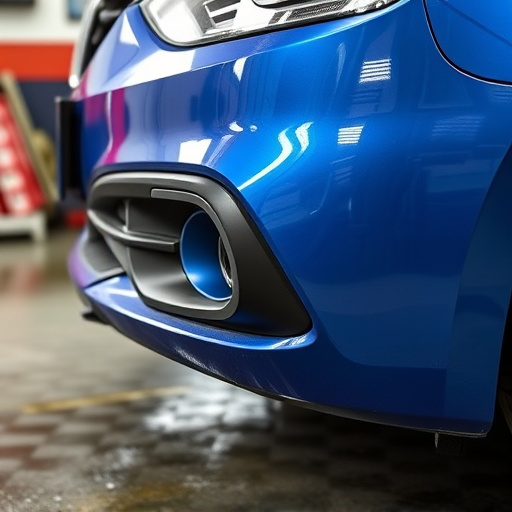
Repairing a Tesla’s Adaptive Suspension for sagging ride height involves several precise steps. First, inspect the suspension components for any signs of damage or wear, paying special attention to the shock absorbers and springs. If dents or deformities are present, consider visiting an auto collision center for expert dent removal services before proceeding with the repair.
Next, gather the necessary tools and replacement parts, including new adaptive suspension modules and any associated hardware. With proper safety measures in place, begin by disconnecting the battery to prevent short circuits. Then, locate and carefully remove the affected suspension components, taking note of their orientation for easy reassembly. Install the new parts, ensuring they are properly aligned and secured according to Tesla’s specifications. Lastly, test drive the vehicle to verify the ride height has been restored to its optimal level. Regular maintenance checks can help prevent future issues, ensuring your Tesla’s adaptive suspension remains in top condition.
Tesla’s Adaptive Suspension System is a remarkable feature that enhances driving dynamics and comfort. However, like any complex system, it requires regular maintenance and prompt attention to issues like sagging ride height. By understanding the signs, following a structured repair guide, and adopting a proactive approach, Tesla owners can ensure their vehicles maintain optimal performance and handling. Regular checks and timely repairs for Tesla adaptive suspension repair are key to preserving the vehicle’s initial quality and safety.
